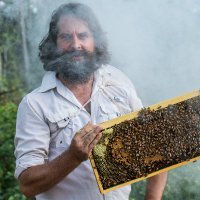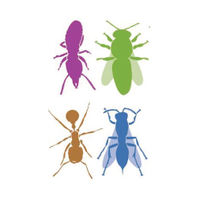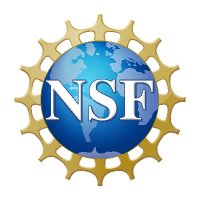
Michael Smith
@smithbeelab
Assistant Prof at Auburn.
Interested in collective behavior, automated tracking, social physiology, and how honey bee colonies do what they do.
ID: 1197824561569574913
http://smithbeelab.com 22-11-2019 10:30:47
494 Tweet
977 Followers
985 Following



Contrary to this poll (and even most of us in the Michael Smith), turns out most colonies prefer to initiate their nest near the entrance instead of the ceiling, even if that means they build their comb from a vertical wall! At least in our infinity nest: sciencedirect.com/science/articl…



Symmetry is vital to bees & their hives reflect it. 🐝 #NSFfunded researchers discovered that bees build their hives in mirroring patterns, which speeds up growth, resulting in more baby bees & a stable temperature. bit.ly/4fNsSG8 📷: Michael Smith, by Peter R. Marting


